
Chronic obstructive pulmonary disease (COPD) is a group of incurable lung diseases that obstruct airflow making it difficult to breath normally without experiencing shortness of breath and incessant coughing. This chronic illnesses also progressive, meaning it becomes more severe over time.
Approximately 14.8 million adults have been diagnosed with COPD, and approximately 12 million people have COPD and not yet been diagnosed, totaling just under 30 million people with COPD in the United States.
Based on that information gathered from vital statistics, health interview surveys, hospital charge records, national publications, and the World Health Organization, COPD is the fourth leading cause of death amongst Americans, exceeded only by heart attacks, cancer, and strokes.
The worst part is that millions of people are living with the symptoms and this progressive disease, without even knowing that they have it. This scary statics displays how important COPD patient education is, because the methods for testing COPD are often overlooked and mis-diagnosed.
The more you know, the more you can relay to your doctor how you are feeling and what your symptoms are.
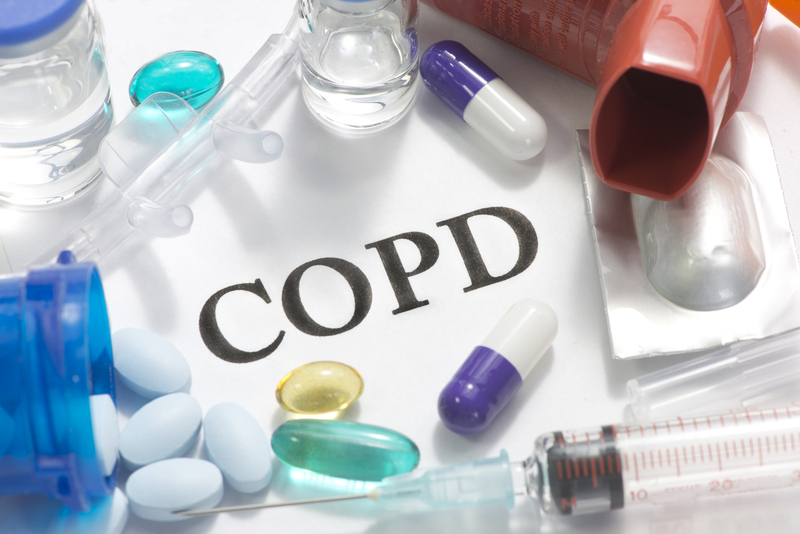
The good news is that COPD is often preventable and treatable, so if you know that you have COPD you can begin to take the necessary steps to slow down the progression of COPD from getting more severe. LPT Medical can provide you with valuable resources about the ways to prevent COPD as well as resources for how to treat the disease, how to manage your COPD symptoms, and live a high quality life with COPD. You can find all of this information and more, here.
It is no secret that COPD and other respiratory illnesses, leave the people affected dependent on supplemental oxygen therapy as their main form of treatment. They rely on their breathing device to get enough oxygen, to not only live, but to live more active and high-quality lives.
Despite how millions of Americans depend on supplemental oxygen to live and breath, the devices are still considered “equipment” rather than an essential medication, which has inevitably lead to more costs for oxygen users.
{{cta('fa8abc2a-1e88-4fa3-82fd-1cb5b9ed43b2','justifycenter')}}
Financial requirements of COPD treatments and medical equipment
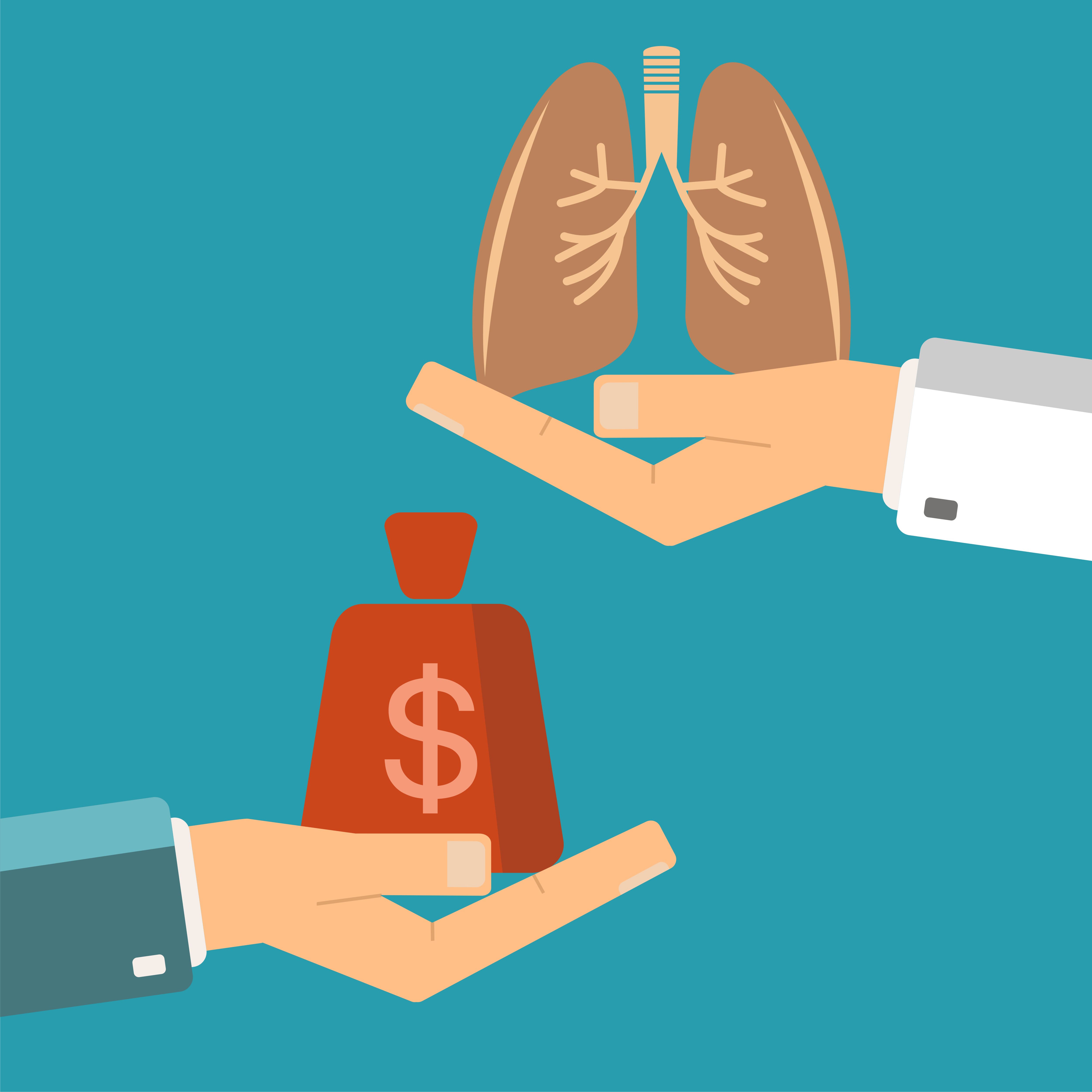
Living with a chronic disease like COPD comes with many challenges, and financial challenges are no exception. Many people who are diagnosed with the disease find themselves blindsided by the high costs of medical equipment, pulmonary rehabilitation courses, and other necessary treatments.
Since we have already covered one of the most challenging burdens of being diagnosed with a chronic illness: How to save money on COPD medication. In this particular post, we will be focusing on how people with COPD can save money on their oxygen therapy.
For the nearly 30 million American people that have chronic obstructive pulmonary disease (COPD), nearly 6 million experienced heart failure and 18 million also suffer from asthma. For these individuals taking a full deep breath of air can sometimes be hard if not impossible without the help of oxygen therapy.

Oxygen therapy helps to treat shortness of breath and trouble breathing while sleeping, exercising, or simply to live, and it has been proven to extend life for people with COPD, however it also costs money.
In order to help you find the best financial option to choose when it comes to supplemental oxygen therapy you must first understand what breathable air costs over an amount of time.
This means you need to find the financial and personal costs associated with your options:
- What is the initial cost of your medical-grade oxygen device that can deliver you high-quality oxygen
- What are the cost that accumulate over time (i.e. refilling tank, refilling cans, maintenance, etc.)
- Will your insurance provided cover any of the cost associated with your desired equipment
- What personal freedoms do you hold your medical equipment accountable for (i.e. traveling by plane, lightweight for transportability, pulse dose and continuous flow options, etc.)
-
What do you want to rely on: The hands of a oxygen tank refilling company, or an electrical power source in your home or car.
Oxygen Therapy and Medicare

Medicare has always assisted in paying for durable medical equipment such as wheelchairs, in-home hospital beds, etc. However, Medicare is often only able to cover the rental of oxygen devices and pay for some supplies.
There are some very rare situations where Medicare or insurance will cover the purchase or rental of one of our portable oxygen concentrators. But in order to qualify, you have to meet strict criteria, and each situation is evaluated on a case-by-case basis.
That being said, You will need to talk to your insurance provider to understand what kinds of oxygen supplies they cover and what requirements you need to meet in order to qualify.
Here at LPT Medical, we have years of experience dealing with the frustrations and financial challenges set by Medicare. Every year, it becomes increasingly more difficult for people to pay for the medical equipment they need in order to treat conditions like COPD, asthma, and sleep apnea.

To counteract this, our goal is to get an oxygen concentrator in the hands of anyone and everyone who wants one. We’re proud to offer the lowest prices on portable oxygen concentrators you can find online, alongside financing options that make monthly payments more manageable for the average buyer. We have a wide price range of oxygen concentrators for sale and we always have second hand machines for you to consider.
If you would like to know more about medicare and oxygen, please use this link here
If you are interested in knowing how to save money while using oxygen therapy, read on!
All of your oxygen therapy options
You have three options when it comes to supplemental oxygen therapy.
1. Oxygen gas
Oxygen gas can be stored in a portable tank. These are also called compressed gas systems. You can use a larger stationary concentrator while you are at home, and a smaller oxygen tank can be taken on the go as a more portable option. The oxygen is delivered in pulses, not continuously and will always need to be refilled, see more information about oxygen flow settings here.
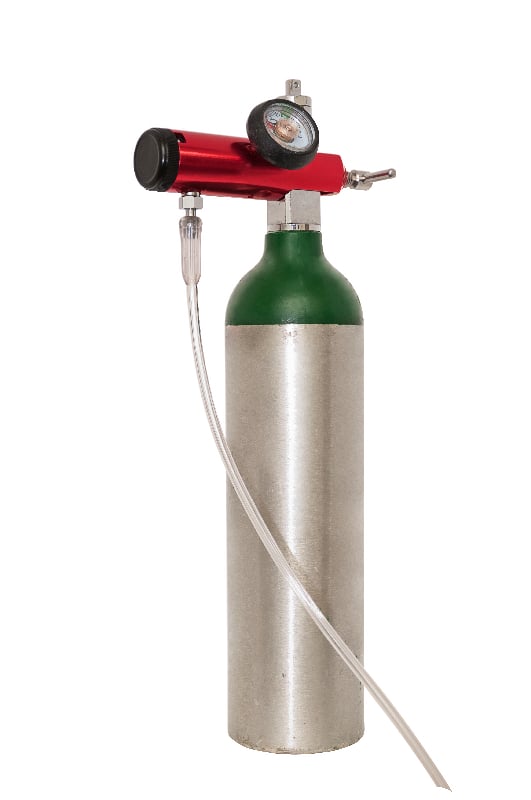
2. Liquid oxygen
Liquid oxygen can be stored in a portable tank. Liquid oxygen is more highly concentrated, so more oxygen can fit in a smaller tank but it will evaporate if it isn’t used in a timely manner. You must get these tanks refilled as well.
3. Portable oxygen concentrator (POC)
Portable oxygen concentrators are the most portable out of any other option. An oxygen concentrator is a device that takes oxygen from the room, concentrates it for therapeutic use, and removes other naturally occurring gases. Some units can operated with continuous and pulse dose oxygen settings. The two most evident benefits of POCs are that they are less expensive and don’t require refilling like tanks and you will therefore never run out of medical-grade oxygen.
.png)
Why are POC's the cheapest oxygen therapy option?
One of the most financially beneficial aspects of owning or renting a POC, is how you are able to rely on the battery life of the machine rather than worry about running low on oxygen and getting your liquid or compressed oxygen refilled.
Costs of owning a oxygen tank
Not only do you waste money refilling your oxygen tanks and canisters every week, you waste valuable time and peace of mind you could be saving by using a POC.
You will pay weekly to get your oxygen tanks refilled and delivered, so you have to take into account your distance from the gas company. No matter where you get your gas supplied, they are not going to ship those big steel tanks for free.
You also have to schedule your delivery in advance, and if you forget to order it, you will have to pay extra to get the shipment expedited. Also you will need to be weary of when their a prices increase and being denied service because, for example, the tanks you own are deemed unsafe.
If you don’t own your tank, you’ll pay a rental fee. Not to mention, during bad weather or in the current reality, a global pandemic, it may not be possible for the delivery truck to reach you, or the company may have to lay-off workers, making a timely delivery less reliable.
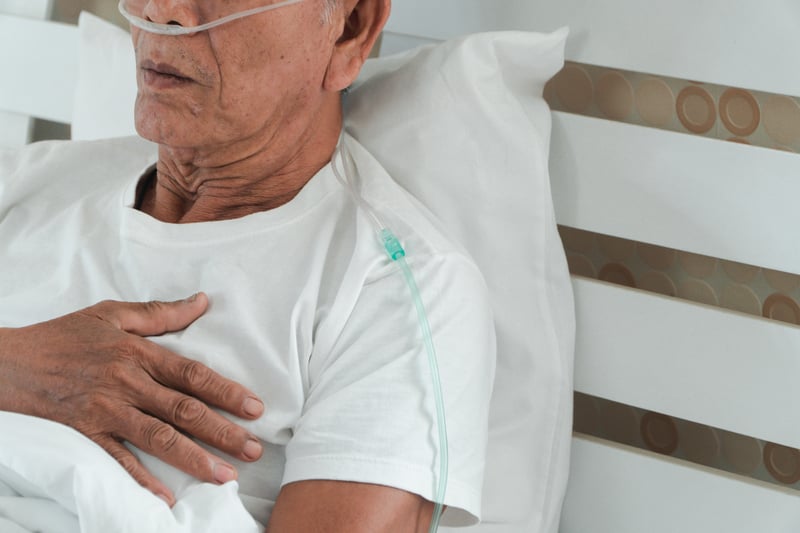
If you have or are thinking about purchasing a oxygen tank, you should know that it will periodically blow off pressure, which can be alarming if you’ve never experienced it. The pressure in the LOX tank builds until a safety blow-off valve releases pressure.
The resulting emission of oxygen creates a loud sound like a steam locomotive coming to a stop. A LOX tank may blow off as much as 10% of its contents every day. That’s oxygen that you’re paying for, but not breathing in therefore wasting.
The bottomline is that, oxygen tanks and oxygen concentrators ultimately serve the same purpose: They provide you with supplemental oxygen in order to improve your blood oxygen levels and your body overall. Despite what device you use, your oxygen is inhaled through the use of a nasal cannula (or through a breathing mask) to reduce shortness of breath, improve oxygenation and increase energy levels.
However, oxygen tanks have significantly higher daily costs that do not decline over-time. This means, that for as long as you need oxygen and use an oxygen tank, you will be paying to get the canisters refilled and replaced.
Costs of owning a POC
The initial prices of your oxygen concentrator depends on a lot of factors and prices vary for every individual.
Including:
- The merchandise brand (Inogen, Ari Sep, ResMed, Philips Respironics, and more)
- The model that is best for your breathing requirements and lifestyle
- Additional oxygen device accessories (i.e. extra batteries, external batteries, carrying backpacks, particle filters, extra Ac/DC power cables)
- If you purchase a new or refurbished unit
- If you choose to finance the device
- The warranty
- The price of utility in your area specifically electricity
All of these factors will influence the initial price tag for your POC. However, this first step of your oxygen therapy journey is not where you see the financial savings.
These saving occur over time. Every day, every month, and every year you are not wasting money on refilling your oxygen canisters you are paying off that initial cost of your POC. In no time, you will notice your not only breaking even, you are enjoying the medical-grade oxygen for free.
The only reoccurring payment you have to make on your POC is a second-hand payment. Every time you plug your machine in the wall to charge the batteries, you are contributing to the amount of electricity you are using. If you are curious to know how much electricity you use to charge your POC's batteries, it will likely not be drastic at all.
You could easily counter that payment by turning off lights more often when you are not in the room and be conscientious of other electrical sources in your home that you do not need to be on all of the time (tooth brush chargers, phones chargers, computer chargers, etc.).
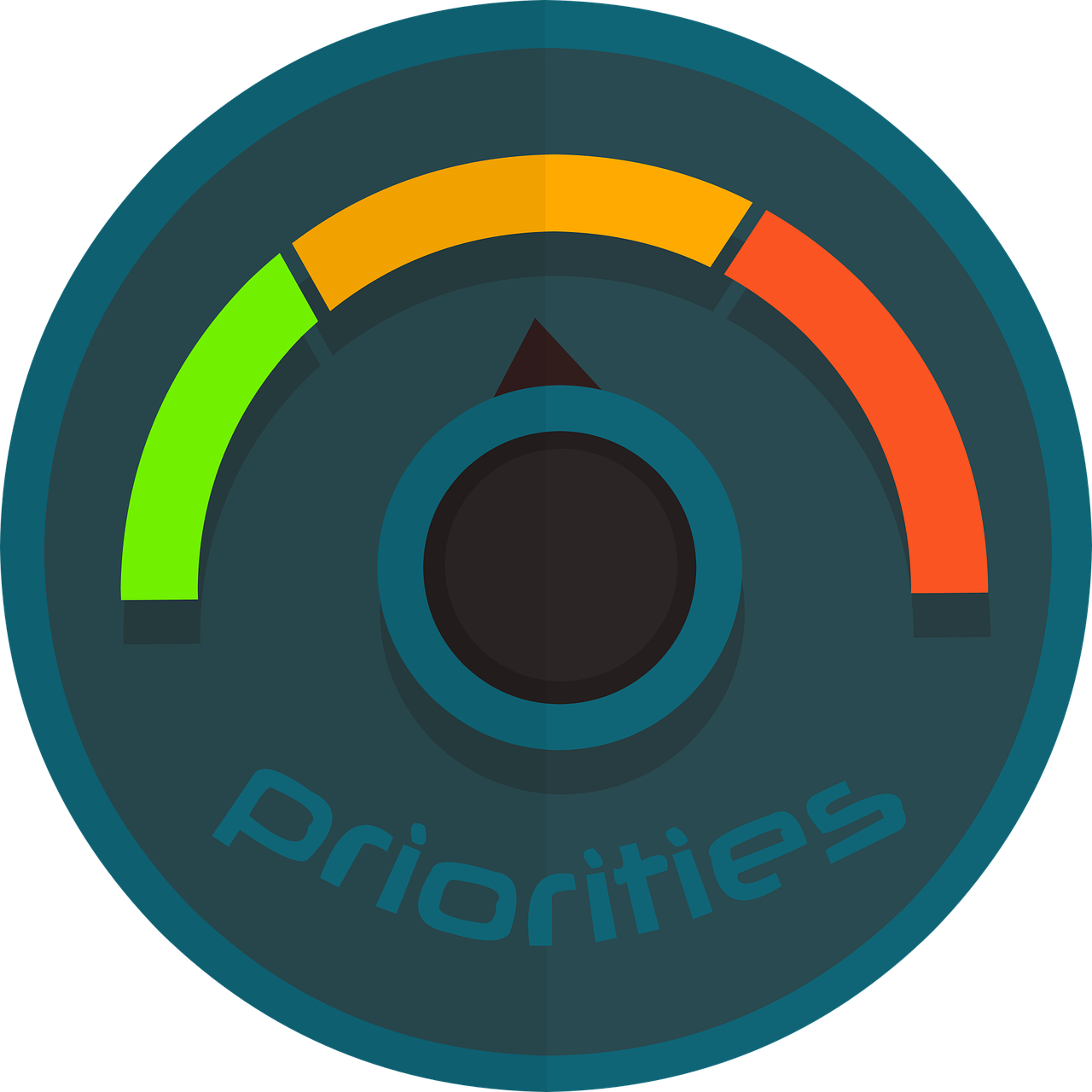
One rule of thumb is to turn off your power cords, and unplug you POC batteries once they are fully charged. This will not only save your electricity reducing you bill monthly, it will also preserve the life of you batteries so they keep operating at full capacity.
Of course, like any machine, there are sometimes complications and things might break or malfunction. This is why the basic 3 year warranty LPT offers for all of our new units, is so beneficial for the buyer in the long-run.
After purchasing your POC, the daily costs are reduced dramatically compared to the price you pay each day with an oxygen tank.The fact remains that oxygen delivery devices cost money. Nevertheless, oxygen concentrators are the least expensive per day for long-term oxygen therapy by far.
How portable oxygen concentrators can save your life
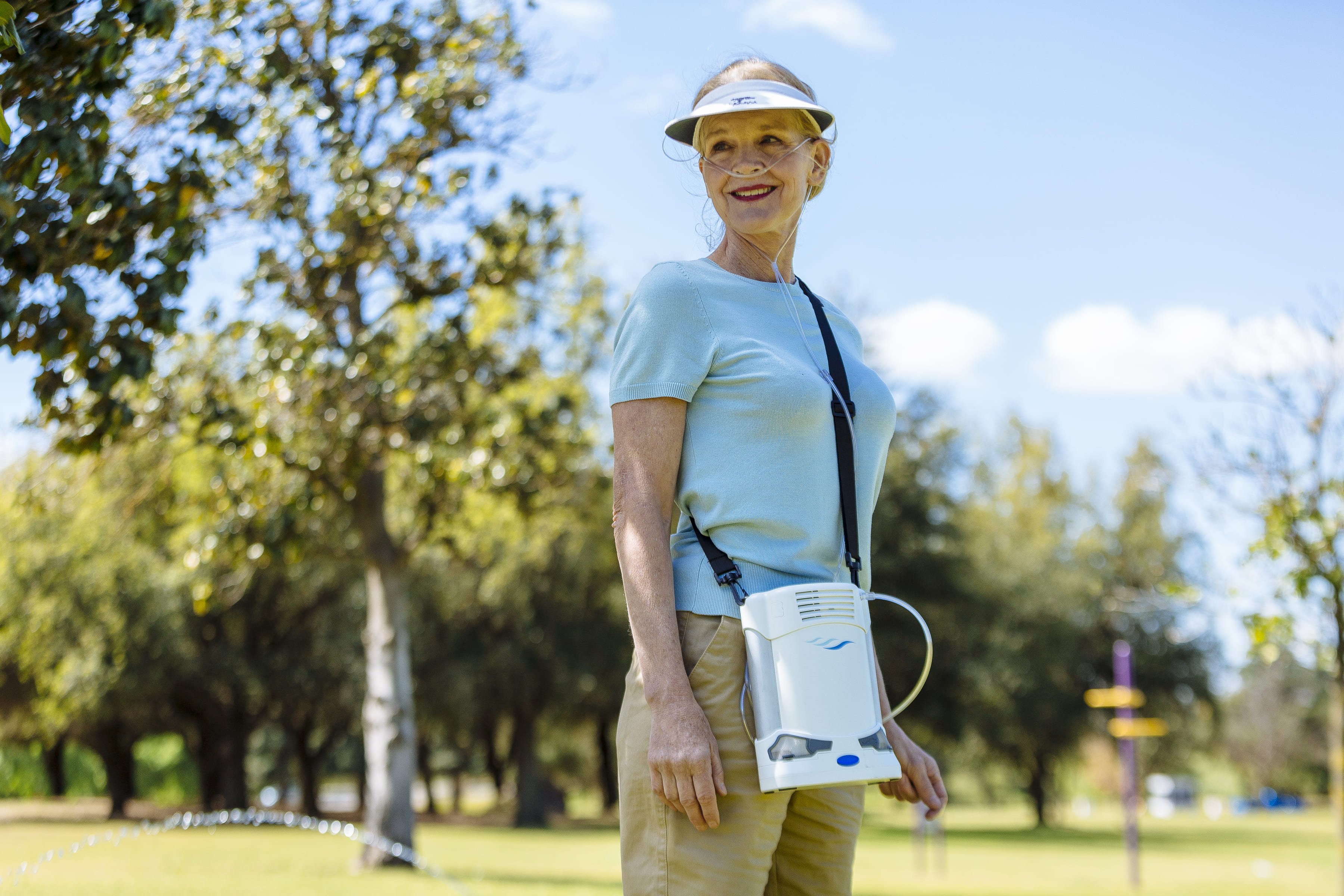
Portable oxygen concentrators like the Inogen One G5, the Caire Freestyle Comfort, and the Restironics SimplyGo all offer you more freedom, independence, and mobility. Not only do these devices give you the wellbeing you may be looking for, change your daily experiences, and ultimately lower the amount you pay for oxygen, they can also save your life.
Oxygen therapy at a time of the COVID-19 pandemic

If you need to get your oxygen tanks delivered and the empty tanks removed on a regular basis, people will be going in and out of your home after handling your tanks. Both the delivery person and the tanks may be contaminated with a variety of substances like detritus like mud and dust that may contain seeds, spores, bacteria, and viruses.
While it is still uncertain how long the virus COVID-19 lives and can be contracted from surfaces, there is also no evidence suggesting that the virus cannot live on surfaces for an extended amount of time.
{{cta('43b79c5e-6bd6-4f02-ac27-2d038d20c146','justifycenter')}}
Therefore you must minimize any risk of contacting COVID-19 and avoiding deliveries if at all possible is imperative for people with COPD and other respiratory illnesses.
While it can be assumed that medical-grade oxygen tank companies would take every precaution necessary to ensure the safety of their employees and their customers, if you have any option to avoid deliveries and contacts with others, it is best to take those added defenses.
Especially when the risks of contracting COVID-19 if you have an underlying condition such as COPD the symptoms are likely to affect you more severely than others, and induce hospitalization and other medical and financial complications.
Life long benefits of oxygen therapy for COPD

Several studies show that using oxygen at home for more than 15 hours a day increases quality of your life and helps you live longer if you have severe COPD and low blood oxygen levels.
There are numerous short-term and long-term benefits that portable oxygen concentrators offer patients.
By reducing the blood pressure in your lungs along with the workload of the right side of the heart, oxygen therapy may prevent the development of heart disease caused by high blood pressure in the lungs. Some people fear that using supplemental oxygen will make them dependent on supplemental oxygen, and worsen their COPD. However, this is simply not a cause for concern.
There are myriad benefits of oxygen therapy for people with COPD and other respiratory illnesses, and these effects are well-documented. For patients with COPD, studies have shown that supplemental oxygen can increase exercise tolerance, improve your quality of sleep, improve mental awareness, improve energy and stamina and even increase survival when used at least 15 hours per day.
Save your money and save your livelihood
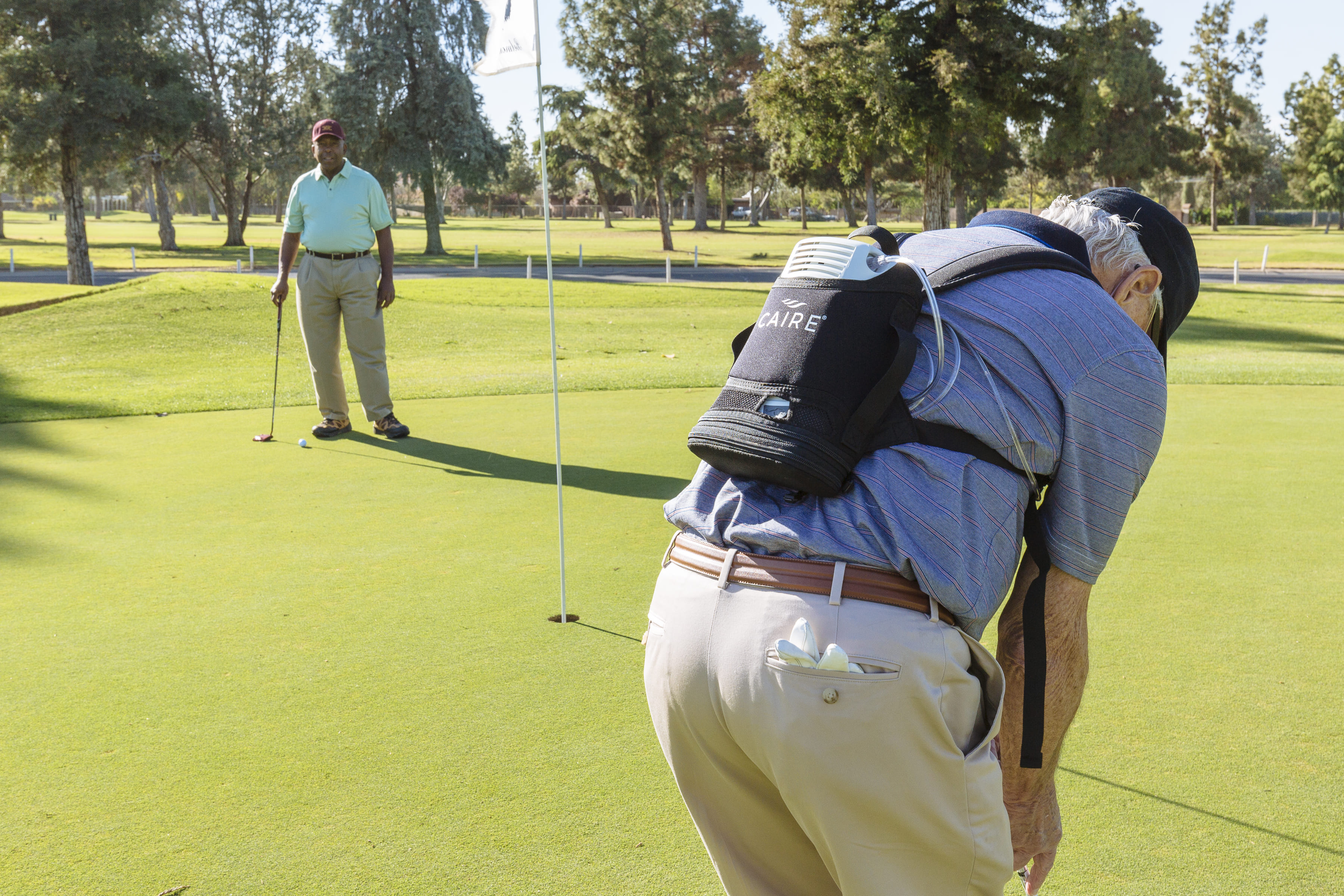
Stop spending a fortune on a your oxygen when your device won't allow you to travel by air, creates a flammable unsafe environment, and takes away your ability to exercise and be independent.
If there was a cheaper option, that you could take on an airplane, was light weight and powerful enough to allow you to accomplish more physical activity, and gave you the freedom and peace of mind you need to live a more joyful life with COPD, wouldn't you choose that option?
You have the ability to take control of your future by purchasing your own portable oxygen concentrator. The benefits of owning your POC far outweigh the cost you are paying. Not only does it help treat your specific condition or illness, it gives you the independence to travel, work, visit loved ones, socialize, enjoy hobbies, and so much more!

